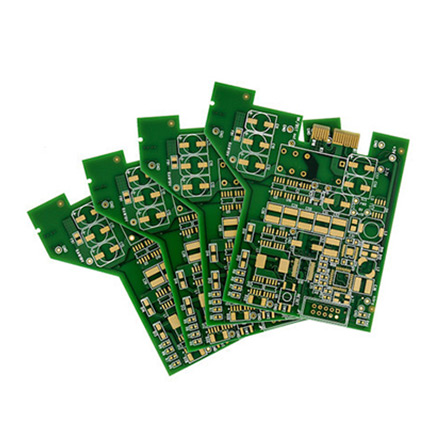

The Allure of Reflective Green Glass A Study in Design and Functionality
In the world of architecture and interior design, materials play a pivotal role in shaping aesthetics and functionality. Among these materials, reflective green glass stands out as a striking choice that embodies both beauty and practicality. This unique material not only enhances visual appeal but also possesses remarkable properties that make it a favored option for modern buildings and interiors.
Reflective green glass is characterized by its vibrant hue and the ability to reflect light. This quality creates mesmerizing effects, allowing structures to blend harmoniously with their natural surroundings while maintaining a sophisticated appearance. It acts as a canvas that reflects the nuances of sunlight throughout the day, creating shifting patterns of light and shadow. As the sun moves across the sky, the glass transforms, offering an ever-changing visual experience for both occupants and passersby.
One of the most notable advantages of reflective green glass is its energy efficiency. In an era where sustainability is paramount, this material offers significant benefits in terms of temperature regulation within buildings. By reflecting a considerable amount of solar radiation, it helps to reduce the reliance on air conditioning, thereby lowering energy consumption and costs. This sustainable aspect resonates with the growing demand for green building practices and reflects a commitment to environmental stewardship.
In addition to its functional benefits, reflective green glass also enhances privacy without sacrificing natural light. The reflective surface serves as a barrier that prevents outsiders from peering in, while still allowing those within to enjoy unobstructed views of the landscape. This duality makes it an ideal choice for residential homes, office buildings, and public spaces where privacy is desired, yet the ambiance created by natural light is equally important.

Furthermore, the aesthetic versatility of reflective green glass cannot be overstated. It complements a wide range of architectural styles, from sleek modernist designs to more traditional structures. The color green evokes feelings of tranquility and balance, making it an excellent choice for spaces intended for relaxation and contemplation. Whether used in large expanses as curtain walls or in smaller applications such as glass partitions, it contributes to a soothing atmosphere.
Incorporating reflective green glass into design also elicits a sense of innovation. Designers and architects are continually exploring new ways to leverage its qualities, experimenting with shapes, textures, and installation techniques. When lit from behind or integrated into creative lighting designs, reflective green glass can transform mundane spaces into captivating experiences, enhancing the emotional connection individuals feel to their surroundings.
However, it is essential to consider the maintenance and cleaning of reflective green glass. The reflective surface can attract dust and grime, which may obscure its beauty and efficiency. Regular cleaning is necessary to ensure that buildings maintain their striking appearance and optimal energy performance.
In conclusion, reflective green glass serves as a remarkable fusion of aesthetics and functionality in contemporary architectural practice. Its ability to reflect light, enhance privacy, and improve energy efficiency makes it an exceptional choice for both residential and commercial projects. As the discourse around sustainability and innovative design continues to evolve, reflective green glass will undoubtedly remain at the forefront, captivating designers and architects with its endless possibilities.